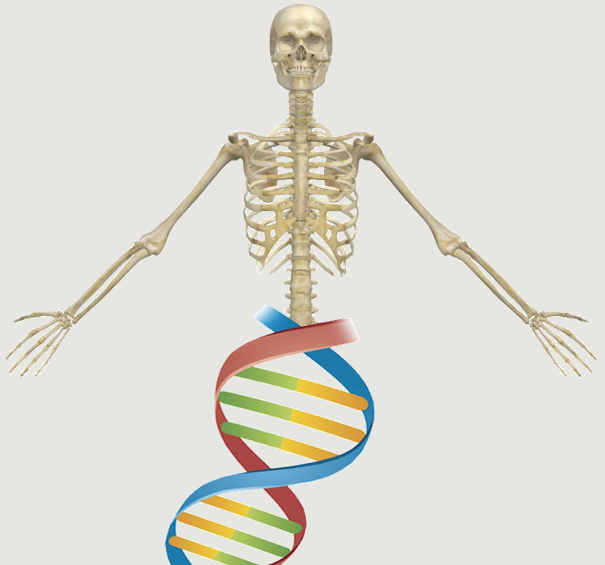Abstract:
We have evaluated the effects of retinoic acid as a differentiating agent on two pluripotential mesenchymal stem cell lines, the mouse cell line C3H-10T1/2 (10T1/2), which has the capacity to differentiate in vitro into myoblasts, adipocytes, chondrocytes, and osteoblasts, and the rat cell line ROB-C26 (C26), which can, in culture, give rise to adipocytes, myoblasts, and osteoblasts. Retinoic acid (10(-6) M) reduces the incidence of myoblast and adipocyte formation and induces or increases alkaline phosphatase expression and responsiveness to PTH, two indicators of the osteoblastic phenotype. Because transforming growth factor-beta (TGF beta) superfamily members, including the different TGF beta isoforms and the bone morphogenetic proteins (BMPs), are thought to play a role in regulating bone and cartilage formation, and because exogenous TGF beta and BMP-2 have already been found to modulate osteoblastic differentiation of C26 and 10T1/2 cells, we evaluated the endogenous expression of these factors in both cell lines cultured in the presence or absence of retinoic acid. Our data show that C26 and 10T1/2 cells constitutively express a broad spectrum of TGF beta superfamily members. However, this pattern of expression is dramatically altered in response to retinoic acid. Specifically, expression of TGF beta 1 and especially TGF beta 2 is strongly increased, whereas TGF beta 3 expression is down-regulated. These changes are accompanied by a striking decline in TGF beta receptor expression levels at the cell surface. Furthermore, BMP-2 and -4 expression are decreased after treatment with retinoic acid, whereas vgr-1/BMP-6 expression is induced in C26 cells, but decreased in 10T1/2 cells. These results clearly show a dynamic changing pattern of TGF beta superfamily expression consequent to the induction of osteogenic differentiation and provide the first indication that TGF beta receptor down-regulation may be an essential part of this differentiation process. These data also establish the C26 and 10T1/2 cell lines as convenient in vitro model systems for exploring the autoregulation of osteogenic differentiation by members of the TGF beta superfamily.
Notes:
Gazit, D Ebner, R Kahn, A J Derynck, R eng 1993/02/01 Mol Endocrinol. 1993 Feb;7(2):189-98.
Website

